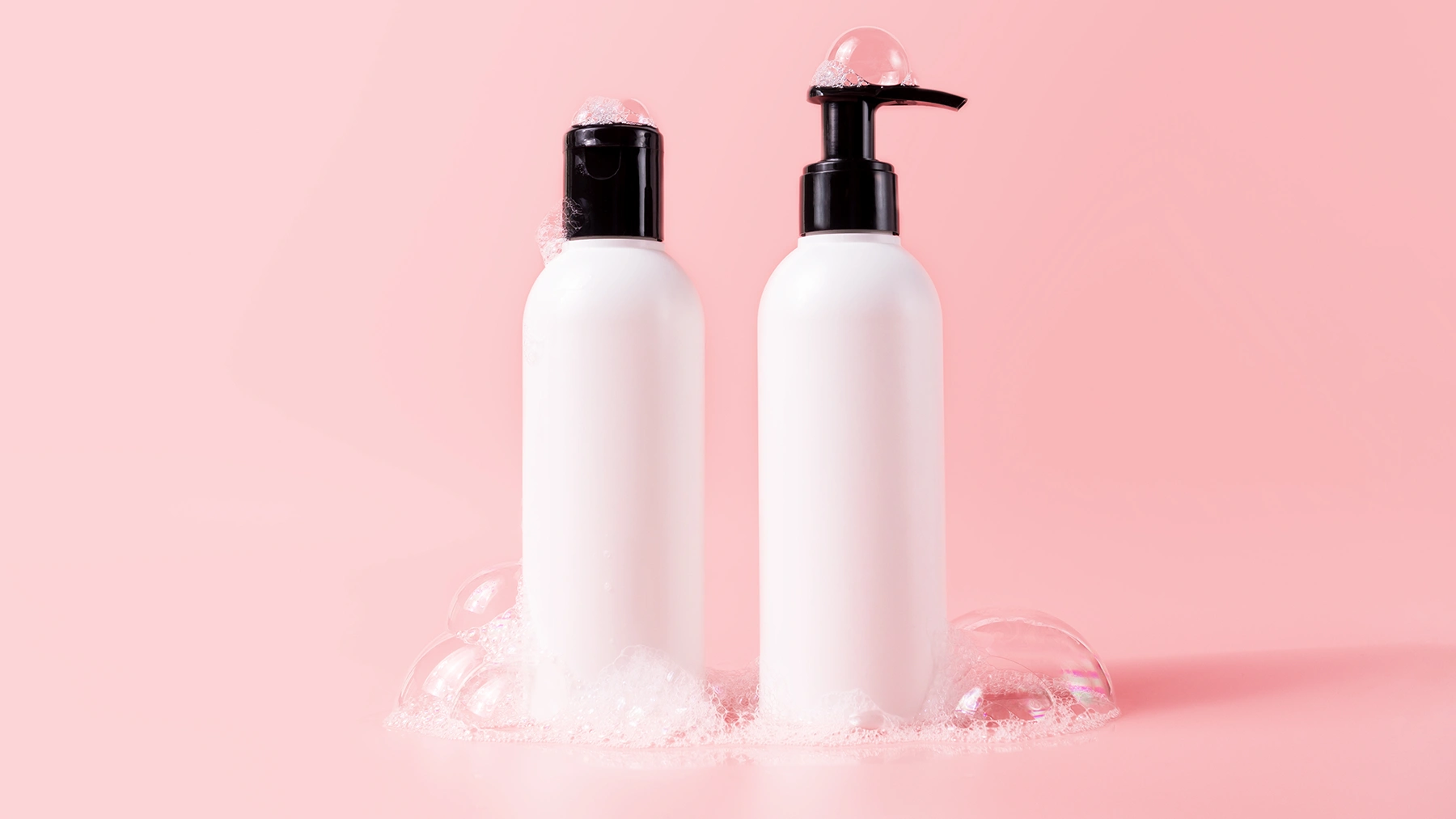
 Table of contents
Table of contents
Among the most frequently misunderstood terms in this shift toward mindful beauty are cruelty-free and vegan. While often used interchangeably, they’re not the same thing, and knowing the difference can empower you to make better choices for your hair, your health, and the planet.
This guide breaks down what cruelty-free and vegan mean in the world of hair care, how to spot misleading claims, and why these distinctions matter more than ever.
What Are Cruelty-Free Hair Products?
At its core, cruelty-free means that a product and its ingredients were not tested on animals. This includes the finished formulation as well as any individual components used along the way. In the hair care space, which encompasses everything from shampoos and conditioners to scalp treatments, styling sprays, and even color-depositing masks.
Why Does Animal Testing Happen in Hair Care?
Traditionally, animal testing was used to evaluate the safety of ingredients before they were approved for use on humans. Hair care brands might test surfactants (like SLS), preservatives, dyes, or fragrances on rabbits or mice to assess irritation or allergic reactions. These tests can be painful, unnecessary, and largely outdated, especially given the existence of modern alternatives like in vitro testing and computer models.
Yet, some countries (like China, until recently) have mandated animal testing for imported cosmetics. This has forced some global brands into a tough choice: either comply and lose cruelty-free status, or skip those markets entirely.
Certifications That Matter
If you’re shopping for cruelty-free hair products, look for third-party certifications such as:
- Leaping Bunny (by Cruelty-Free International): The gold standard of cruelty-free assurance.
- PETA’s Beauty Without Bunnies: Verifies companies that do not test on animals at any stage.
- Choose Cruelty Free: An Australian organization certifying brands that meet strict standards.
Beware vague claims like “not tested on animals” without accompanying certification—they may only refer to the final product, not the ingredients.
What Are Vegan Hair Products?
Vegan hair products, on the other hand, contain no animal-derived ingredients. While they may still be cruelty-free, this label refers exclusively to the contents of the product, not the testing process.
Animal-Derived Ingredients Common in Hair Products
Hair formulations are complex blends of emulsifiers, proteins, silicones, oils, and preservatives. Many seemingly harmless ingredients can actually be animal-based. Some examples include:
- Keratin: Often derived from animal hooves, horns, or feathers.
- Silk Amino Acids or Silk Protein: Extracted from silkworms.
- Beeswax: Common in pomades or anti-frizz serums.
- Lanolin: Sourced from sheep’s wool, found in moisturizers and conditioners.
- Collagen and Gelatin: Derived from connective tissues of animals, sometimes used in volumizing or strengthening products.
- Honey and Propolis: Popular in “natural” or “moisturizing” formulas.
A product can be labeled “natural” or “organic” and still contain these non-vegan ingredients.
Cruelty-Free vs. Vegan: The Difference

Here’s the bottom line: cruelty-free refers to testing practices, while vegan refers to formulation. One does not automatically imply the other.
- A shampoo could be cruelty-free (not tested on animals) but still contain keratin or silk proteins, which are animal-derived. A hair serum could be vegan (no animal ingredients) but tested on animals, especially if the brand sells in regions with mandatory testing.
For ethical shoppers, this means you need to look for both if you want a truly animal-friendly routine: vegan and cruelty-free hair products.
The Problem with Marketing Labels
Greenwashing is rampant in the beauty industry. Brands know that “cruelty-free” and “vegan” appeal to modern consumers, but without regulations to define these terms in many countries, companies are free to slap on misleading claims.
Red Flags to Watch Out For
- “Not tested on animals” without certification: It may only apply to the final product, not the ingredients.
- “Vegan-friendly”: Not a regulated term – verify with ingredient lists or third-party organizations.
- No ingredient transparency: Brands that don’t disclose full ingredients or sourcing may be hiding animal-based materials.
Why It Matters in Hair Care
Hair care has long been a category that leans heavily on animal-derived proteins (like keratin or collagen) and traditional lab testing. But innovation is changing that.
The Ethical Argument
Cruelty-free and vegan hair products eliminate the need for animal suffering, whether in cages or in extraction. In a world where alternative testing methods and plant-based replacements exist, the continued use of animals is ethically questionable.
Environmental Impact
Animal farming and ingredient sourcing are often linked to deforestation, carbon emissions, and water waste. Vegan formulas, especially those using plant proteins like pea, soy, or quinoa, tend to have a lower environmental footprint.
Hair and Scalp Health
Some people with sensitive skin or allergies may react to lanolin, keratin, or honey. Vegan formulas, when well-formulated, are often gentler, relying on botanical actives and plant oils instead.
How to Build a Vegan & Cruelty-Free Routine
Ready to clean up your routine? Here’s how to transition:
- Start with Your Basics
Look at your shampoo and conditioner first. Choose certified vegan and cruelty-free versions made with plant-based cleansers like coco-glucoside or decyl glucoside.
- Upgrade Styling Products
Look for texturizing sprays and gels that skip beeswax and shellac in favor of plant polymers.
- Hair Masks & Treatments
Instead of keratin-based masks, try formulas with hydrolyzed rice or pea protein. They offer similar strengthening effects without the ethical baggage.
- Check Hair Color Products
Hair dye is one of the most overlooked areas when it comes to animal testing. Seek out brands that clearly state their cruelty-free stance and use vegan pigments.
- Verify With Tools
Use trusted databases to confirm claims:
- Cruelty-Free Kitty
- Logical Harmony
- Ethical Elephant
The Future of Ethical Hair Care
The hair industry is evolving rapidly. Today’s consumer wants more than results; they want values. Brands that prioritize transparency, ingredient integrity, and ethical responsibility are leading a new era of beauty.
With growing access to cruelty-free cosmetics and vegan and cruelty-free hair products, making ethical choices has never been easier – or more powerful.


